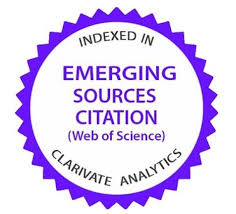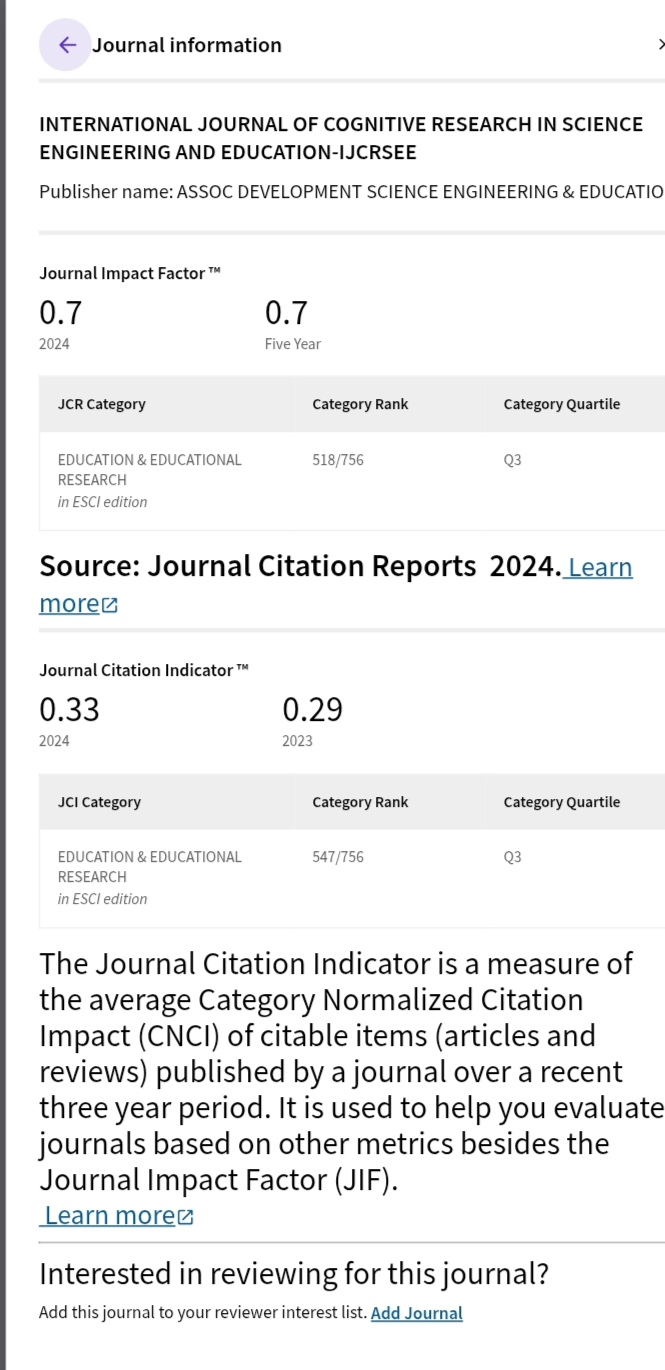AUGMENTED REALITY AS A TEACHING TOOL IN HIGHER EDUCATION
DOI:
https://doi.org/10.23947/2334-8496-2015-3-1-7-15Keywords:
Augmented reality, Teaching techniques, ModernizationAbstract
Rapid development of the technology has influenced its inevitable entrance in the learning processes. Teachers are often challenged to use the appropriate educational technology in the process of teaching in order to ease the learning process of students. Introducing new technology in the teaching process should utilize the new technology in any possible way in order to assist the teacher in transferring the knowledge and assist the students in grasping that knowledge. This paper should emphasize the benefits of using augmented reality in higher education, by measuring outcomes of the students which used augmented reality as a teaching tool in the courses. Results from the survey imply that students show significantly improved results in increasing the interest, understanding and interiorizing the learning material. University teachers found that using augmented reality is significantly improving the learning process of students and their teaching process in a pedagogical and technical sense.
Downloads
References
Azuma, R. T. (1997). A survey of augmented reality. Presence, 6(4), 355-385.
Breen, D. E., Whitaker, R. T., Rose, E., & Tuceryan, M. (1996). Interactive occlusion and automatic object placement for augmented reality. In Computer Graphics Forum 15(3), pp. 11-22. Blackwell Science Ltd.
Cobzas, D., & Jagersand, M. (2003). A comparison of viewing geometries for augmented reality. In Image Analysis (pp. 501-508). Springer Berlin Heidelberg.
EDUCAUSE Learning Initiative (2005). 7 Things You Should Know About Augmented Reality. EDUCAUSE Learning Initiative.
EU Commission (2000). Memorandum on lifelong learning. Bruxelles: EU.
EU Commission (2011). Council Resolution on a Renewed Agenda for adult learning. Bruxelles: EU.
Jarvis, P. (Ed.) (2001). The age of learning: education and the knowledge society. Psychology Press.
Ministry for education and science of Republic of Macedonia (2006). National program for development of education in Republic of Macedonia 2005-2015, Skopje: Ministry for education and science of Republic of Macedonia.
Rizov T. & Tashevski R. (2015). Advanced Visualization Technologies as a Tool for Identification of Vehicle Data Details and Elements; XXV International Automotive Conference – Science and Motor Vehicles; Belgrade, Serbia.
Rizov, T. & Tashevski, R. (2013). Geo-based systems in augmented reality. Mechanical Engineering Scientific Journal; Faculty of Mechanical Engineering - Skopje, 31(1-2), 30-34.
Sutherland, I. E. (1968). A head-mounted three dimensional display. In Proceedings of the December 9-11, 1968, fall joint computer conference, part I (pp. 757-764). ACM.
UNESCO, (1995). World Education Report, Oxford: UNESCO Publishing.
Wagner, D. & Barakonyi, I. (2003). Augmented reality kanji learning. In Proceedings of the 2nd IEEE/ACM International Symposium on Mixed and Augmented Reality (p. 335). IEEE Computer Society.
Wagner, D. & Schmalstieg, D. (2007). Artoolkitplus for pose tracking on mobile devices (pp. 139-146). na. Proceedings of 12th Computer Vision Winter Workshop (CVWW’07), Austria.
Yeh, M. & Wickens, C. D. (2001). Display signaling in augmented reality: Effects of cue reliability and image realism on attention allocation and trust calibration. Human Factors: The Journal of the Human Factors and Ergonomics Society, 43(3), 355-365.
Published
How to Cite
Issue
Section
License
Copyright (c) 2015

This work is licensed under a Creative Commons Attribution-NonCommercial-NoDerivatives 4.0 International License.











